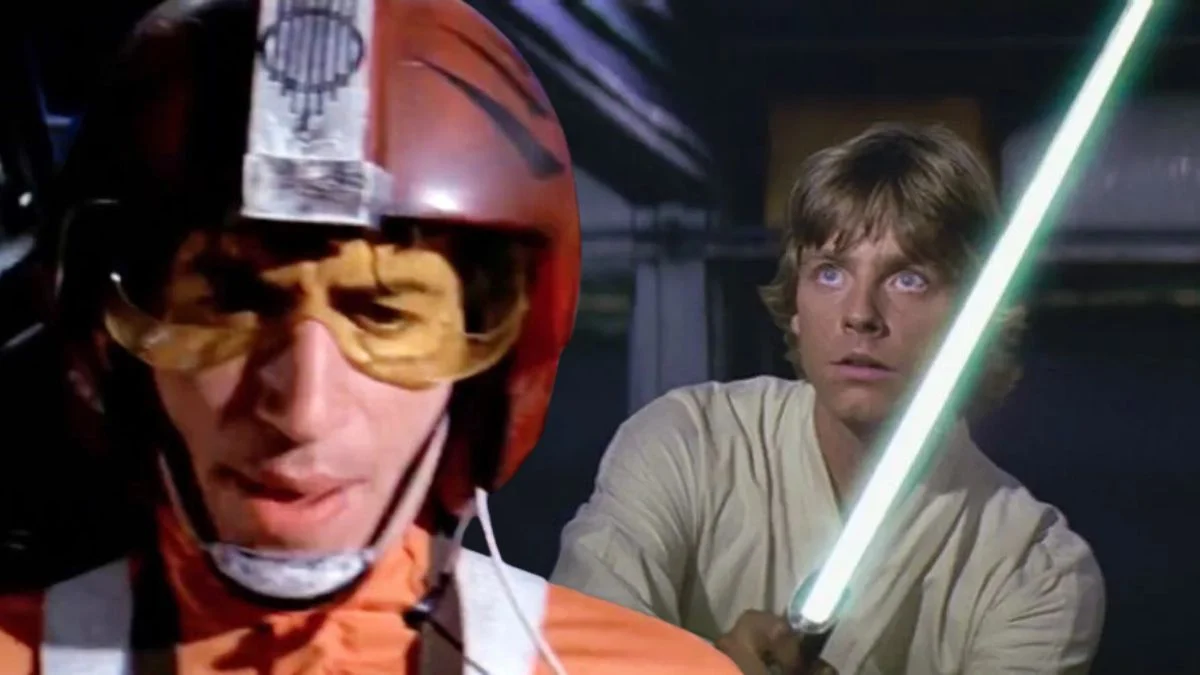
Before ‘Star Wars: A New Hope’ became a cultural phenomenon, it was a bold and experimental film. The filmmakers developed innovative tools and techniques that ultimately revolutionized how big-budget movies are made and experienced in cinemas.
This look behind the scenes reveals how the movie’s visuals and sound were created, the locations used for important scenes, and why certain creative decisions had a lasting impact. It also explores how the film’s production affected the broader movie industry and the way big-budget films are made.
There was no Episode IV in the original 1977 release
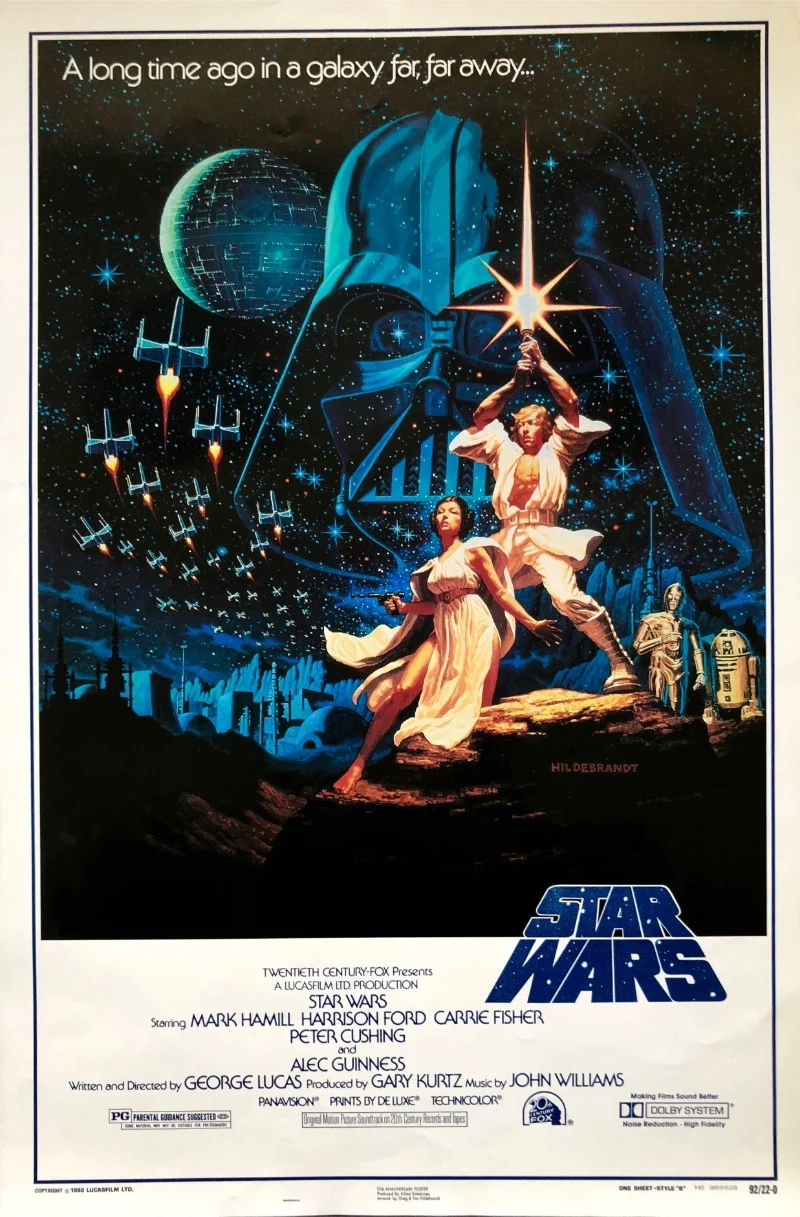
When the original ‘Star Wars’ movie came out in 1977, the opening title simply read ‘Star Wars’. The words ‘Episode IV’ and ‘A New Hope’ weren’t added until the film was re-released in theaters after ‘The Empire Strikes Back’ came out, once it became clear the story would continue as a larger series.
This adjustment brought the first movie in line with the numbering system the filmmakers planned for subsequent films. Because of this, home video releases and later theater showings included the ‘Episode IV’ and ‘A New Hope’ titles, leading many viewers to believe they were part of the original release.
The opening crawl was filmed with a physical camera move
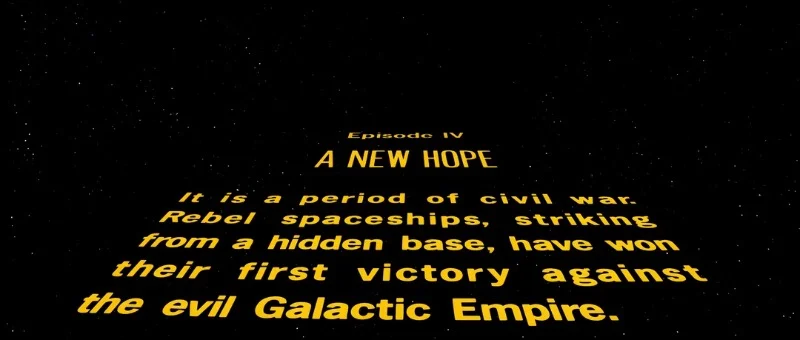
The iconic opening crawl was originally made by printing text onto a long board and then filming it with a camera that moved slowly across the surface. The creators carefully chose the camera lens and the angle of the text to ensure the words stayed clear even as they appeared to move further away, creating the illusion of distance.
Minor adjustments made while filming helped avoid shaky or distorted images. The starfield and other details were created by photographing them separately and combining the images, which is how the opening text remained clear and stable even without the help of modern digital technology.
A new motion control camera system made the space battles possible
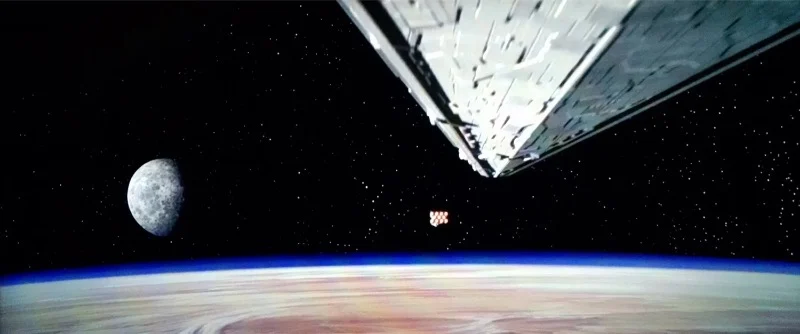
The visual effects team created the Dykstraflex motion control system to consistently capture spaceship shots. This system used a computer to program exact camera movements, which could then be replicated multiple times for various visual enhancements, such as creating shadows, bright spots, and engine effects.
These consistent techniques allowed filmmakers to combine multiple elements into a single, polished scene. This method became a standard practice for visual effects, influencing productions throughout the late 1970s and 1980s.
Lightsaber and blaster sounds came from real world recordings
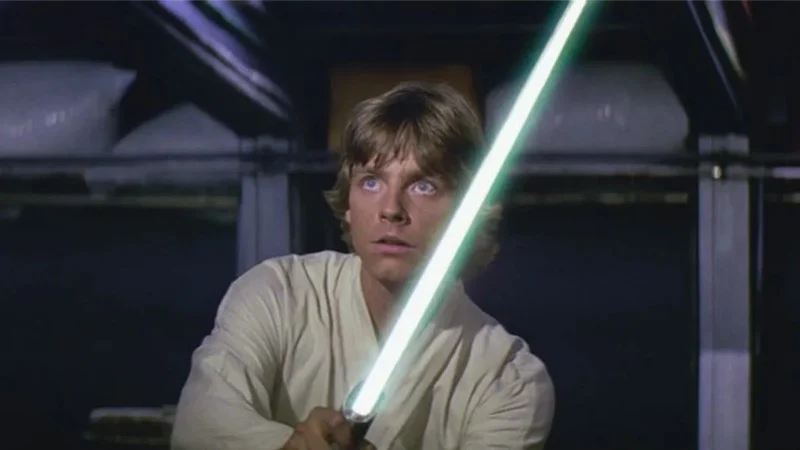
The lightsaber’s iconic humming sound was created by mixing the whir of an old film projector with the static you’d get from a damaged microphone cable near a TV. To simulate the weapon’s motion, they’d move the microphone near a speaker, which naturally changed the pitch of the sound.
The sound of blaster fire was created by hitting tightly stretched wires with a small object, producing a distinct ringing sound. These sounds were then recorded, organized, and adjusted to give each blaster weapon a unique tone in the overall sound mix.
Blue Squadron became Red Squadron during production
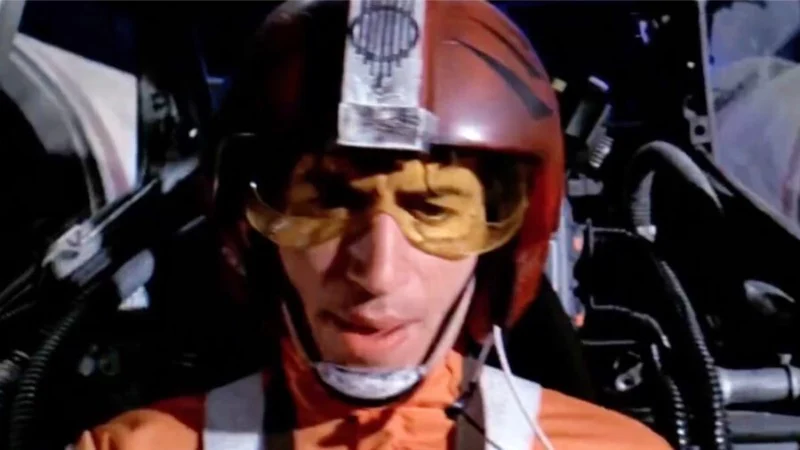
Originally, the Rebel pilots attacking the Death Star were identified as Blue Squadron. However, the team switched their call sign to Red because the blue color clashed with the blue screens used for the visual effects, making it difficult to combine the footage.
Synchronizing the radio communications and cockpit displays between the miniature models and live-action scenes ensured everything looked consistent. This also made it easier for the visual effects team to clean up the final images and avoid unwanted reflections or edges.
Key Tatooine scenes with Biggs were shot and then deleted
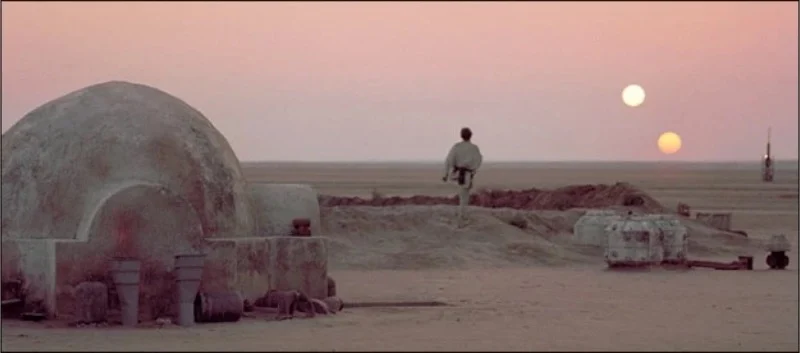
As a huge Star Wars fan, I always felt a little sad about the scenes with Luke and his friend Biggs at Tosche Station. They really showed a glimpse of life on Tatooine and how Luke had connections before Obi-Wan arrived. Apparently, those scenes were filmed both on location and on sound stages, but ultimately George Lucas decided to cut them to make the movie flow faster for audiences. It’s a shame, because I think they added a lot of heart!
Even though some scenes were removed from the initial version, they were later included in bonus content and different releases of the film. The character can still be seen briefly during the Death Star attack, which maintains a connection between Luke and Biggs in the story.
Tunisia stood in for Tatooine and parts of the set still exist
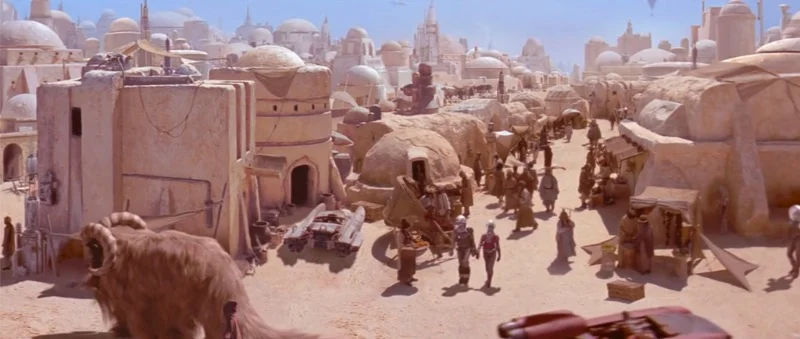
Filming took place in southern Tunisia to capture the desert landscapes and create the exterior of Luke Skywalker’s home. While the distinctive, dome-shaped entrance was built on location, the inside of the homestead was filmed elsewhere in a set designed to match the exterior.
Following the movie’s production, parts of the desert set used for filming remained. Local fans and tourism organizations have since worked to preserve or reconstruct these areas. As a result, the locations continue to attract visitors who recognize them from ‘Star Wars Episode IV: A New Hope’.
The film advanced theatrical audio with Dolby Stereo
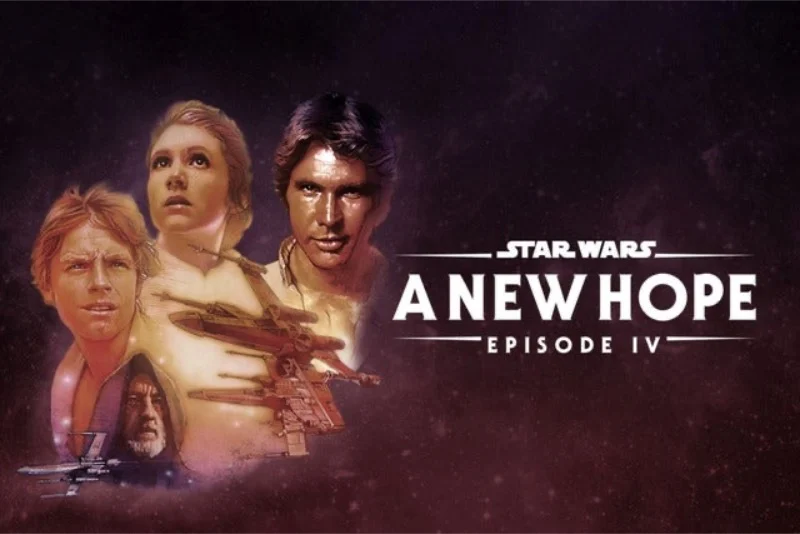
The film’s sound was mixed using four-channel Dolby Stereo for standard 35mm prints, providing separate audio channels for the left, center, and right speakers, as well as a single surround sound channel. This setup allowed for more accurate sound effects, such as planes flying overhead or laser fire, compared to the typical sound technology available at the time.
I remember when this new sound format came out – it really forced theaters to improve their sound equipment! The bigger difference between the quietest and loudest sounds meant you could really hear all the details in the effects and music. It basically set the standard for how movies would be mixed and presented with surround sound in the years that followed.
Industrial Light and Magic was formed to deliver the visual effects
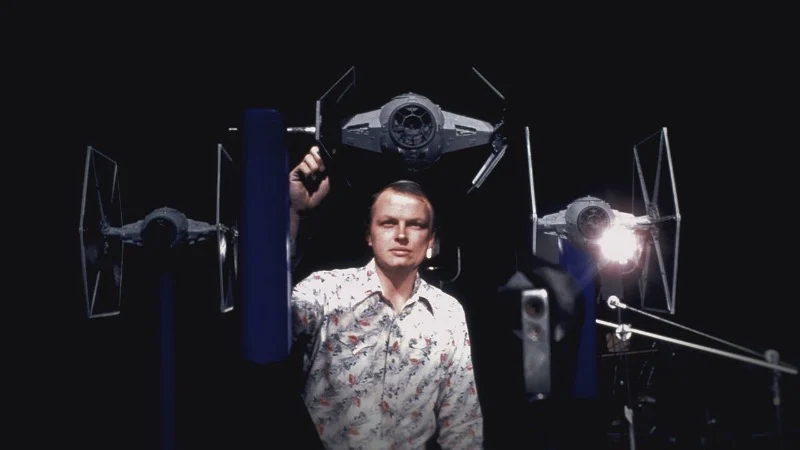
To create groundbreaking visual effects, a company named Industrial Light and Magic was formed. They tackled shots that existing studios couldn’t manage, pioneering new techniques in miniature building, motion control photography, and combining images using optical methods – all specifically for this film.
Model builders used a technique called kitbashing, combining parts from different model kits to add intricate details to their ships and structures. This created a textured look that appeared realistic in photos, especially with bright lighting, and helped convincingly portray the size and complexity of the fictional technology.
A landmark merchandising and sequel rights deal reshaped the business
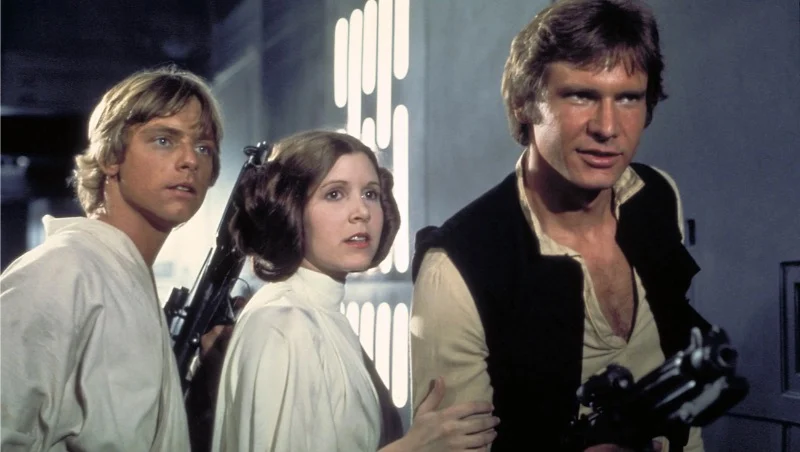
The film’s creator agreed to give up some control during production in return for the right to create merchandise and potential sequels. This turned out to be a smart move, as the movie became popular and demand for toys, books, and clothing related to it skyrocketed.
This deal shaped how movie studios and filmmakers thought about additional revenue streams going forward. It also ensured there was support and funding for sequels like ‘The Empire Strikes Back’ and ‘Return of the Jedi’, allowing them to continue the story that started with ‘Star Wars: A New Hope’.
Tell us your favorite surprising fact about ‘A New Hope’ in the comments below! We want to know what detail surprised you the most.
Read More
- Silver Rate Forecast
- Gold Rate Forecast
- Красный Октябрь акции прогноз. Цена KROT
- Nvidia vs AMD: The AI Dividend Duel of 2026
- Dogecoin’s Big Yawn: Musk’s X Money Launch Leaves Market Unimpressed 🐕💸
- Bitcoin’s Ballet: Will the Bull Pirouette or Stumble? 💃🐂
- Navitas: A Director’s Exit and the Market’s Musing
- LINK’s Tumble: A Tale of Woe, Wraiths, and Wrapped Assets 🌉💸
- Can the Stock Market Defy Logic and Achieve a Third Consecutive 20% Gain?
- Solana Spot Trading Unleashed: dYdX’s Wild Ride in the US!
2025-10-06 07:15